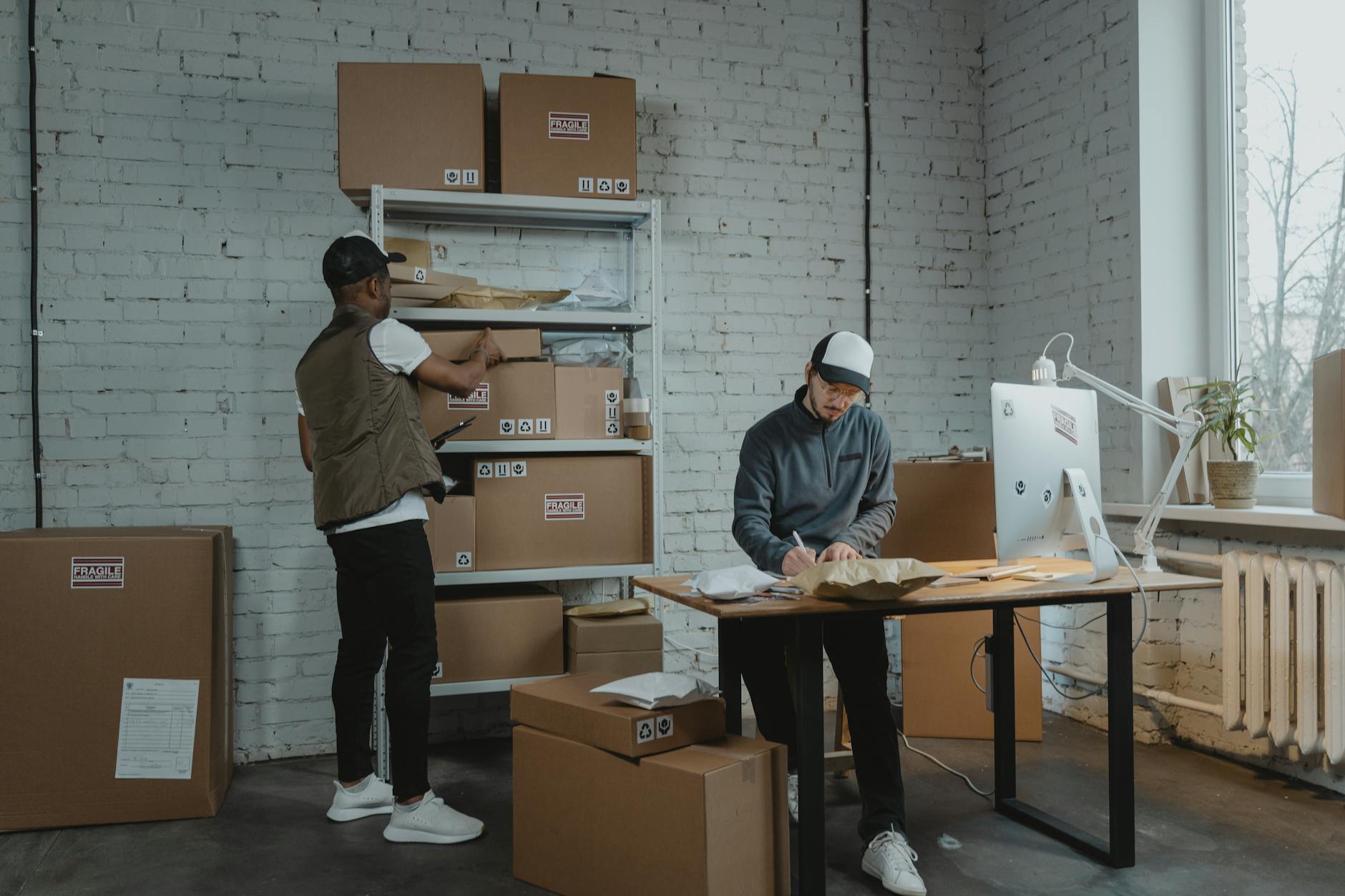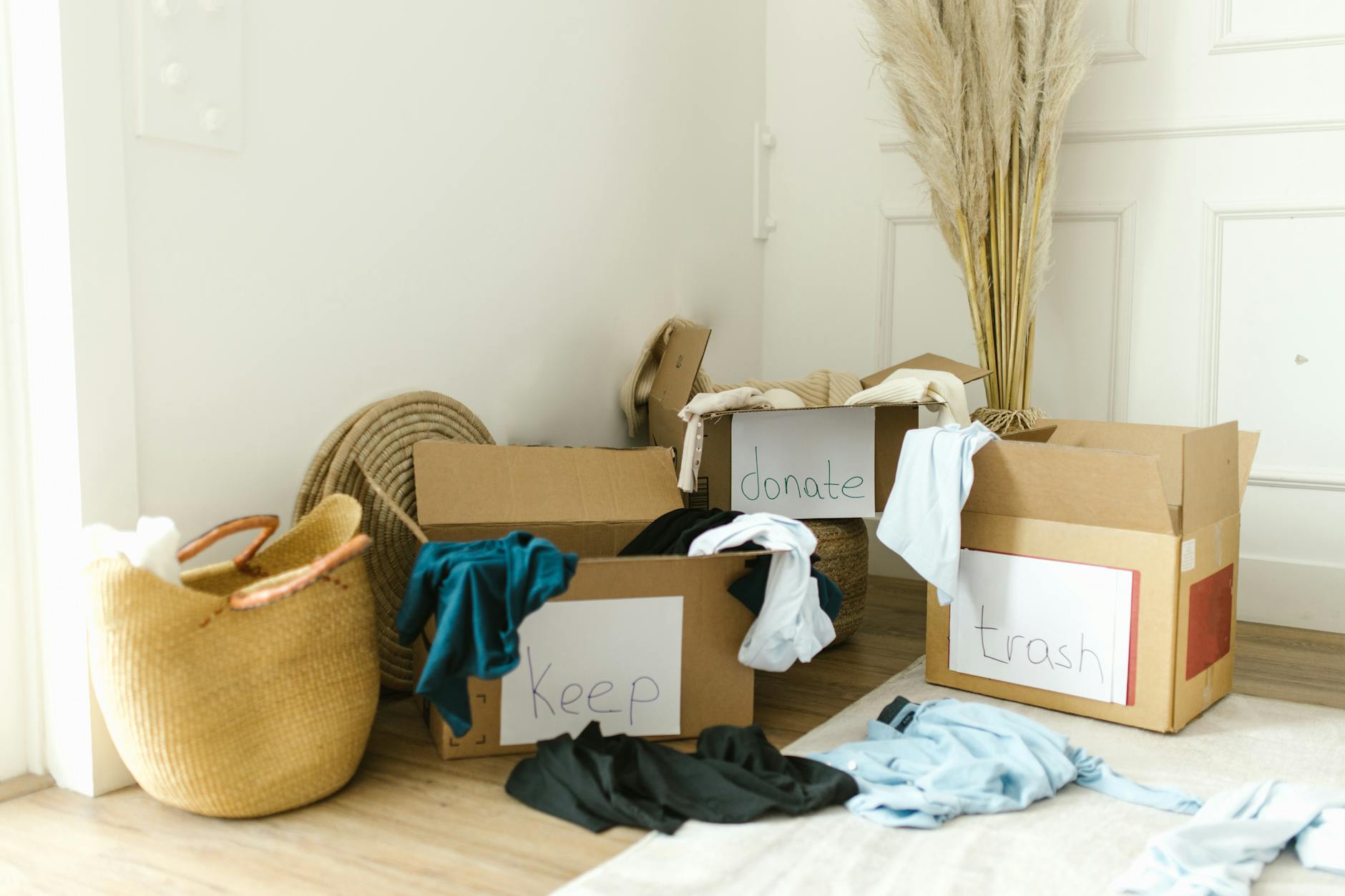Salvaging items can be a rewarding and sustainable way to repurpose materials and reduce waste. However, once you’ve salvaged items, the next crucial step is to safely pack them for transport to ensure they reach their destination in good condition. Whether you are an upcycling enthusiast, a renovator, or someone looking to transport salvaged goods to a new location, proper packing is essential to protect your items from damage. In this article, we will provide you with effortless tips for successfully packing salvaged items for transport.
Understanding the Nature of the Items
Before you start packing your salvaged items, it’s essential to assess and understand the nature of each item. Are they fragile, heavy, bulky, or oddly shaped? By categorizing the items based on these factors, you can determine the appropriate packing materials and techniques needed to ensure their safe transport.
Gather the Right Packing Materials
To pack salvaged items securely, you will need adequate packing materials. This may include boxes, bubble wrap, packing peanuts, packing tape, furniture blankets, and styrofoam inserts. Tailoring the packing materials to the specific needs of each item will help provide the necessary protection during transportation.
Secure Fragile Items with Cushioning
For fragile salvaged items such as glassware, ceramics, or electronics, cushioning is crucial to prevent breakage. Wrap each fragile item with bubble wrap or packing paper and fill any empty spaces in the box with packing peanuts or crumpled paper to provide extra cushioning. Marking these boxes as fragile will alert handlers to treat them with care.
Disassemble and Pack Furniture Carefully
When transporting salvaged furniture pieces, consider disassembling them as much as possible to make packing and transport easier. Wrap furniture legs with furniture blankets or bubble wrap to prevent scratches and dents. Use furniture sliders or dollies to move heavy items with ease.
Label Boxes Clearly
Proper labeling is key to organized and efficient transport of salvaged items. Label each box with its contents and destination room to make unpacking hassle-free. Additionally, label boxes containing fragile items as “fragile” to ensure they receive special handling.
Utilize Proper Sealing Techniques
Ensure that all boxes are securely sealed with packing tape to prevent items from shifting or falling out during transport. Reinforce the bottom of the boxes with additional tape for added strength, especially for heavier items. Double-check that all boxes are sealed properly before loading them onto the transport vehicle.
Secure Items During Transport
When loading salvaged items onto a transport vehicle, arrange them strategically to prevent shifting during transit. Use tie-downs, straps, or bungee cords to secure larger items and prevent them from tipping over or sliding around. Place fragile items on top and secure them with blankets or cushions to provide an extra layer of protection.
Conclusion
Successfully packing salvaged items for transport requires careful planning, adequate packing materials, and attention to detail. By understanding the nature of the items, using the right packing materials, securing fragile items with cushioning, disassembling furniture carefully, labeling boxes clearly, sealing them properly, and securing items during transport, you can ensure your salvaged items arrive safely at their destination. Following these effortless tips will help you transport your salvaged treasures with peace of mind, knowing they are well-protected throughout the journey.


